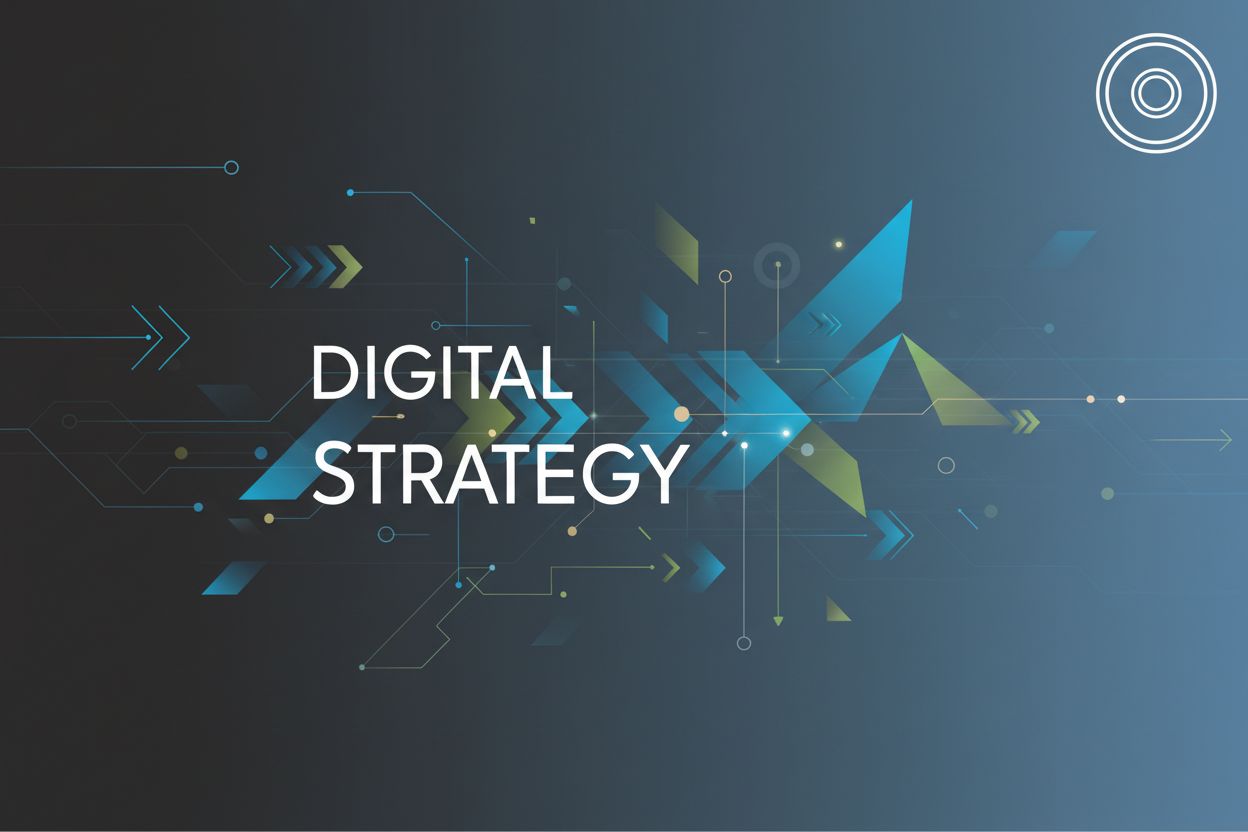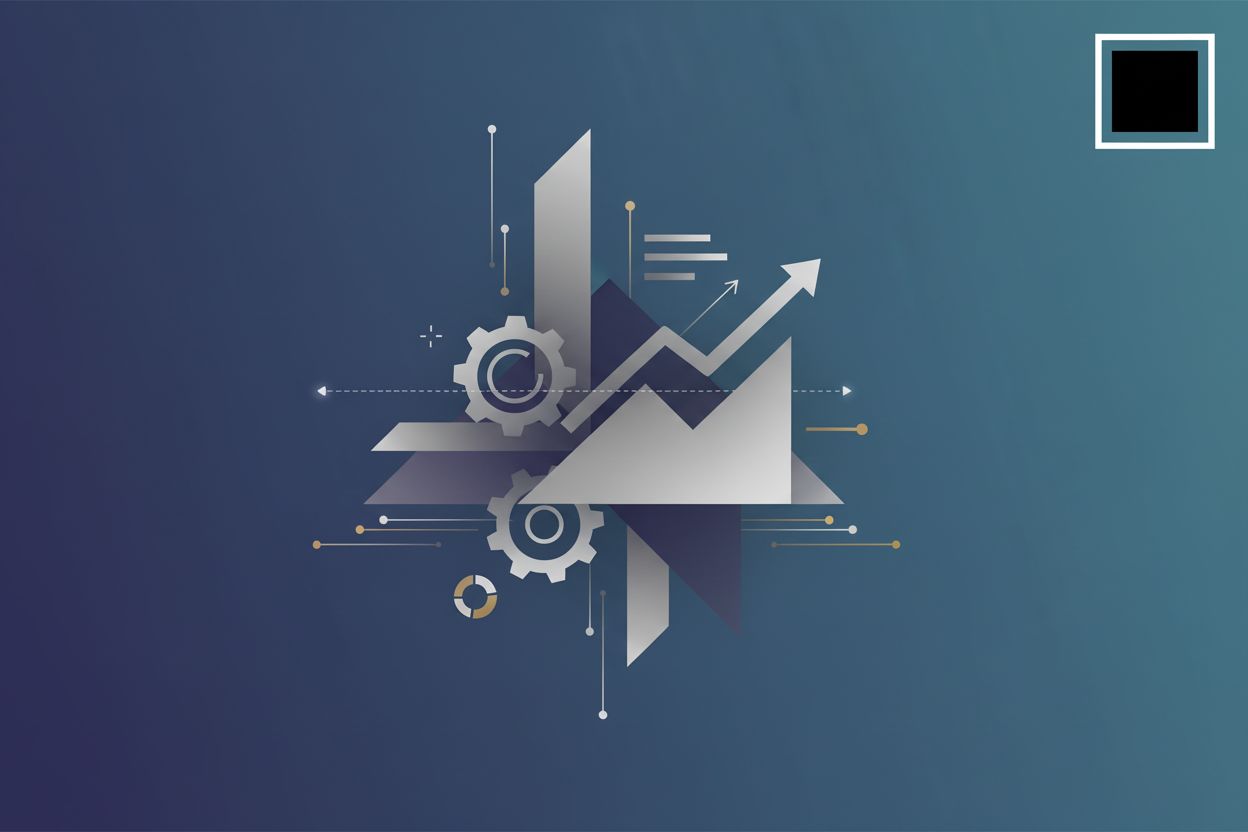Revolutionizing Product Design: How AI-Driven Automation is Transforming the Digital Landscape
TL;DR
The Evolution of Product Design: From CAD to AI
Product design is experiencing a seismic shift, moving beyond traditional methods. But where did it all begin?
- The transition from 2D to 3D design revolutionized how engineers visualize and refine designs, enabling faster innovation and higher-quality products.
- The PDM (Product Data Management) era focused on controlling design data. This focus inadvertently diverted attention from further automating the 3D-CAD design process The Impact of AI and Intelligent Automation in Product Development.
- The rise of ePLM (extended PLM) amplifies these capabilities, expanding PLM across the entire enterprise, including manufacturing, and reinforcing the importance of the model-based approach for seamless integration.
Intelligent Automation (IA) streamlines workflows and improves design productivity.
- IA automates complex processes within CAD software. For example, Intent References in Creo capture user intent, ensuring models update predictably.
- User-Defined Features (UDFs) allow designers to reuse custom elements across projects, enhancing consistency.
- GD&T Advisor automates geometric dimensioning and tolerancing, ensuring compliance with industry standards.
These IA tools pave the way for more sophisticated AI integration. Next, we'll explore how Intelligent Automation is a precursor to AI in Product Design.
Understanding AI in Product Design: Generative Design vs. Generative AI
AI's impact on product design is undeniable, but are you clear on the differences between Generative Design and Generative AI? Let's break it down:
- Generative Design uses AI algorithms to optimize designs based on specific requirements. For example, in automotive, it can create lightweight, structurally sound components Generative Design AI Software.
- Generative AI, on the other hand, focuses on content creation, such as text, images, and 3D models. Think of it as a co-pilot for designers.
- These technologies complement each other, enhancing design processes by automating tasks and providing innovative solutions.
Both offer unique benefits, and understanding their differences is key to leveraging AI effectively. Next, we'll explore the power of AI Component Creator by UXPin.
Benefits of AI-Driven Product Design Automation
AI-driven product design automation is changing how teams collaborate. But how does it impact teamwork and decision-making?
AI offers a centralized space for exploring design options. Teams can easily view and assess different designs, regardless of their location. This shared platform promotes better communication and understanding among team members.
AI tools can translate complex design data into understandable formats. This helps bridge the gap between different disciplines. For instance, engineers can easily communicate structural insights to designers, and vice versa.
AI provides data-driven insights that support better decisions. Teams can use AI-generated reports and analyses to evaluate design performance. This approach ensures decisions are based on facts, not just intuition. Chart AI simplifies the process, making it easy to communicate insights visually. Its ability to interpret natural language inputs and support for a wide array of chart types and real-time data integration make it a powerful tool for creating visually appealing and informative diagrams.
By fostering collaboration and informed decision-making, AI streamlines the entire product design process. Next, we'll explore technology adoption strategies.
AI Tools Transforming Product Design
AI is revolutionizing product design, but which tools are truly making a difference? Let's explore AI solutions that are transforming the digital landscape.
Lummi AI generates design concepts and layout suggestions. It helps designers quickly visualize various design directions, making the ideation process faster and more efficient.
PNG Maker AI removes backgrounds from images with high accuracy. This tool saves time, making it ideal for creating assets for UI designs.
Color Magic App generates harmonious color palettes based on themes or emotions. It helps designers find visually appealing color combinations.
Octopus AI automates user research by analyzing qualitative and quantitative data. This tool helps in making data-driven design decisions.
Chart AI generates data visualizations based on raw data or natural language descriptions. Its ability to interpret natural language inputs and support for a wide array of chart types makes it a powerful tool.
Miro Assist automates the organization of sticky notes, mind maps, and project plans. This enhances real-time collaboration.
Descript converts spoken words into text, making editing as simple as revising a text document. This is useful for creating video tutorials and presentations.
Prompt Board generates creative prompts for design projects. It is built to stimulate creative thinking and encourage exploration of unconventional ideas.
Headlime generates headlines, descriptions, and microcopy tailored for various design contexts. It helps craft compelling text that complements visuals.
Fontjoy helps designers find balanced font pairings. It simplifies the font selection process.
These AI tools are streamlining workflows and enhancing creativity. Next, we'll discuss strategies for technology adoption.
Implementing AI in Your Product Design Strategy
Implementing AI in your product design strategy can feel like a leap, but it’s more accessible than you think. Are you ready to transform your design process?
Here’s how to get started:
- Assess Current Processes: Pinpoint areas where AI can offer the most value. Look at repetitive tasks or data-heavy processes.
- Choose the Right Tools: Consider cost, ease of use, and how well new tools integrate with your current systems. Focus on tools that align with your specific design needs.
- Measure the Impact: Track metrics like time saved, cost reductions, and quality improvements. Gather feedback from your team to refine your AI strategy.
By carefully assessing, selecting, and measuring, you can integrate AI effectively. Next, we'll explore how to measure the impact of AI on your design outcomes.
The Future of AI in Product Design
Is AI set to take over product design? Not quite, but it will enhance how designers work. As AI technologies evolve, product design is poised for exciting changes.
Here are some emerging trends:
- Personalized product design: AI can analyze user data to create products tailored to individual needs and preferences. For example, in healthcare, AI could design custom prosthetics for patients.
- AR/VR integration: AI enhances immersive design experiences. Imagine designers using VR to walk through a virtual model, making real-time adjustments.
- Sustainable design practices: AI can optimize designs for minimal environmental impact. For instance, AI can help reduce waste.
How can you prepare your team for these changes?
- Invest in training: Upskill your design team to work with AI tools. Training ensures your team can leverage AI effectively.
- Embrace experimentation: Encourage a culture of innovation. Experimentation unlocks new possibilities.
- Stay informed: Keep up with the latest AI advancements. Staying informed allows you to adapt quickly.
The integration of AI promises a future where design is more efficient, sustainable, and personalized. By taking proactive steps, you can ensure your team is ready to thrive in this new landscape. As we look ahead, the key will be finding the right balance between human creativity and AI assistance.




